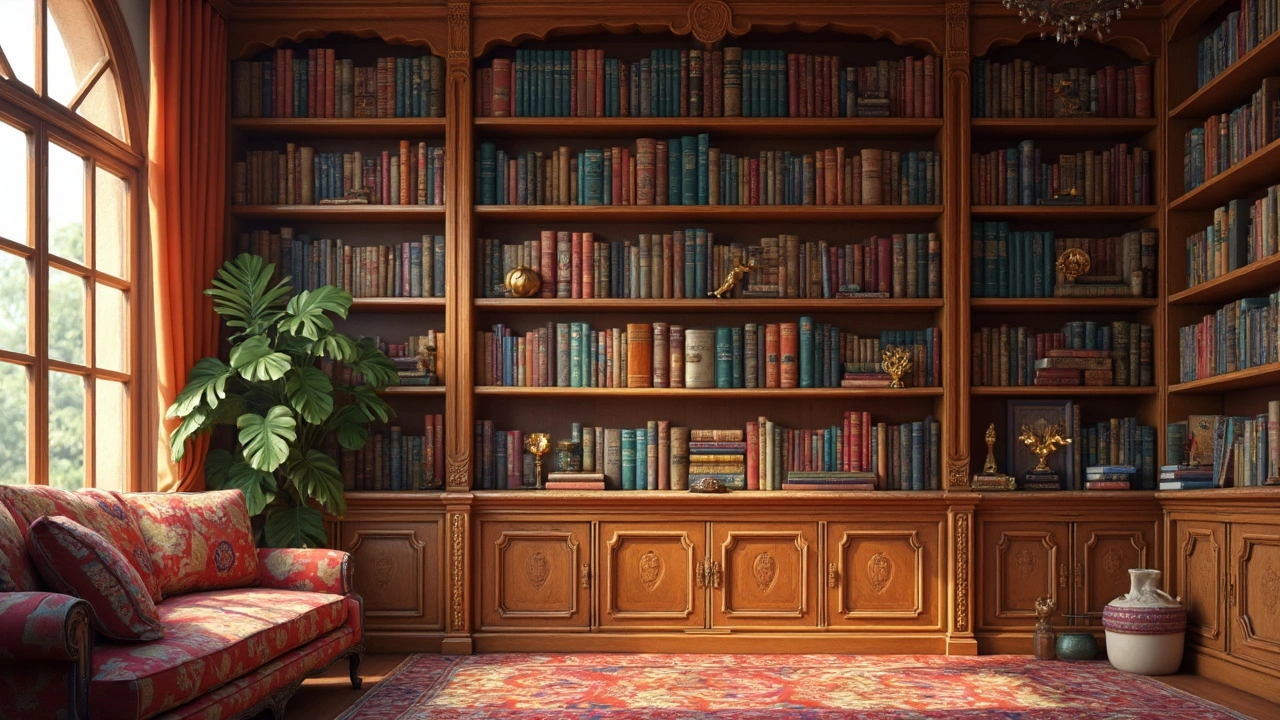Organizing Books Made Easy: Practical Tips for Every Home
Books are great, but when they pile up they can turn a cozy room into a mess. The good news? You don’t need a whole remodel to get them under control. With a few simple steps you can make your shelves look intentional and still keep the books you love within reach.
Smart Shelving Solutions
The first place to start is the shelf itself. Measure the width of your wall space and choose a unit that fits without crowding the room. Adjustable shelves give you the flexibility to store tall coffee‑table books on one level and small paperbacks on another. If you have a built‑in, try adding a thin toe‑kick board to create a hidden lower shelf for extra storage.
Don’t forget the vertical space. Floor‑to‑ceiling shelves make the most of high walls and draw the eye upward, which can make a room feel bigger. Use bookends or decorative objects on the top shelf to keep books from toppling over. A single row of books laid flat can double as a decorative ledge for photos or plants.
Creative Storage Beyond Shelves
When shelves are full, think outside the box—literally. A sturdy basket under the coffee table can hold magazines and paperbacks you’re reading right now. Vintage crates stacked against a wall add rustic charm and give you a place for travel guides or kids’ picture books.
Wall‑mounted organizers are another great option. Small metal grids or wooden slats can hold a handful of books at eye level. They free up floor space and add a modern touch. If you like a minimalist look, try a floating shelf paired with hidden brackets for a clean line.
For those who love a tidy look, consider a rotating book tower. It works like a spice rack but for novels, letting you spin to find the title you need. It’s especially handy in small apartments where every inch counts.
Don’t underestimate the power of labeling. A simple label on each shelf or basket tells you exactly where each genre lives, so you spend less time hunting and more time reading. You can use a label maker, chalkboard stickers, or even a handwritten tag for a personal feel.
Now think about the books you don’t need every day. Store them in clear plastic bins with lids in the attic, garage, or a spare closet. Keep the bins upright and label the front so you can pull the right one without digging.
Finally, make organizing a habit. Set a timer once a month to scan your shelves, pull out books you’ve finished, and decide if they go back, get donated, or move to storage. A quick 10‑minute tidy keeps the pile from growing again.
With these easy tricks, your books will stop looking like a cluttered afterthought and start adding style to your space. Whether you have a full wall of shelves or just a few crates, a little planning goes a long way toward a neat, inviting home.
Should Books Be Pushed to the Back of a Bookcase?
Ever wondered where to place your books on a bookcase? This article explores whether it's a good idea to push books to the back of a bookcase or if there's a better strategy. Dive into tips about organizing your bookshelf for both aesthetics and practicality, and understand the importance of book placement. Discover why balancing design and function matters when arranging your book collection.





